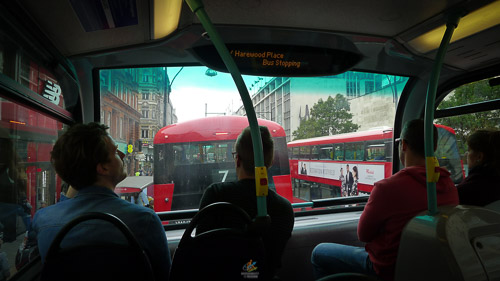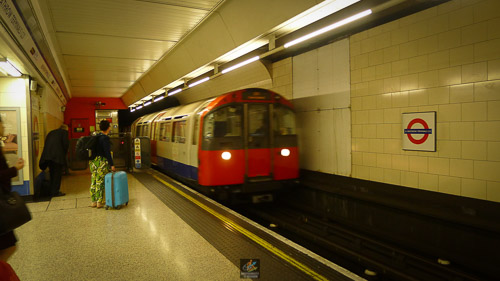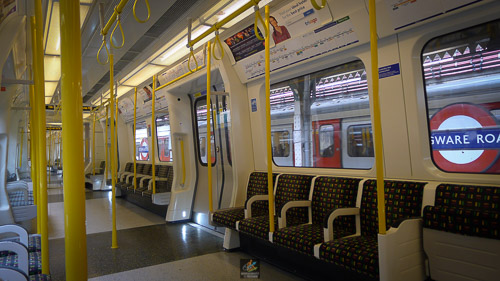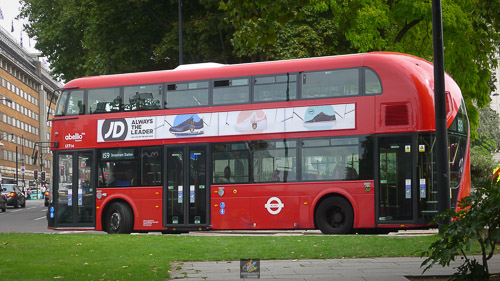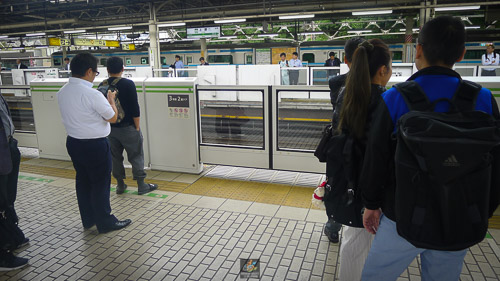Accessibility is an increasingly growing concern, not just public transport but also in private properties, communal areas and just about every place. They need to be barrier-free, serving fully accessible for all.
But when we use the term “accessible”, we usually mean PHYSICALLY accessible. You have a ramp, provide a lift, and offer priority parking with nice accessible toilet. The list goes on and on.
However, in the very context of public transports, physically accessible only is merely enough. It also needs to be FINANCIALLY ACCESSIBLE! It’s about a reasonable fare price that the majority of people can afford to buy it in daily use.
Although London is well-known for its colossal cost of living, it’s a good example for budget-friendly in public transports (though yet fully accessible). The fare price of its iconic double-decker bus costs you just £1.50 for a single journey, no matter how far you go. It might seem quite big money for just a bus ride if you compare the price with the Thai’s.
But the UK’s hourly minimum wage is around, say, £8 (depending on where you live and how old you are too). So the bus ride in London typically costs you less than 20% of your hourly minimum wage. If you use the Oyster for London tube ride, that would cost you £2.40, about 30% of the hourly minimum wage. These prices are financially accessible not just middle-income people, but also low-income one too, let alone the rich.
Many large cities around the world also join the league. The fare price of the Tokyo subway is about 25% of its hourly wage; New York’s 20%; Paris’s 19%; Beijing 35%. While the Bangkok’s BTS is staggering at 93.75% and even more MRT’s 113%. Imagine that if Bangkok’s BTS and MRT is perfectly physically accessible on tomorrow but the price remains the same, There would still be a big portion of people, the low-income citizens, who cannot comfortably afford it and still choose cheaper alternative modes of transport like a bus (which is less efficient and still costs about 38% of hourly wage).
So the accessibility should always follow by both physical and financial dimensions. Without any one of them, unfortunately, it could still be called inaccessible.
 Accessibility Is Freedom เข้าถึงและเท่าเทียม | Accessible and Equal
Accessibility Is Freedom เข้าถึงและเท่าเทียม | Accessible and Equal
